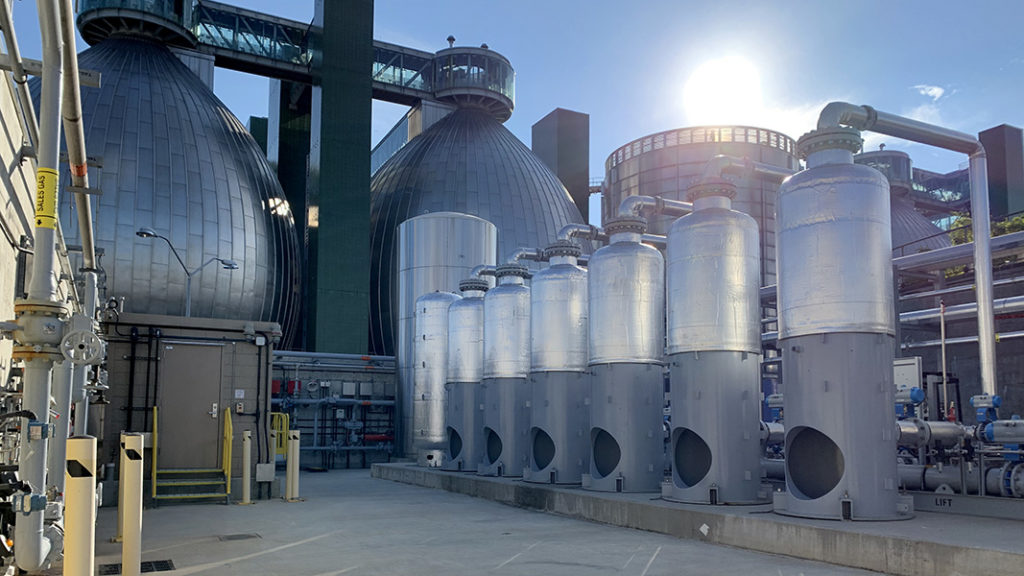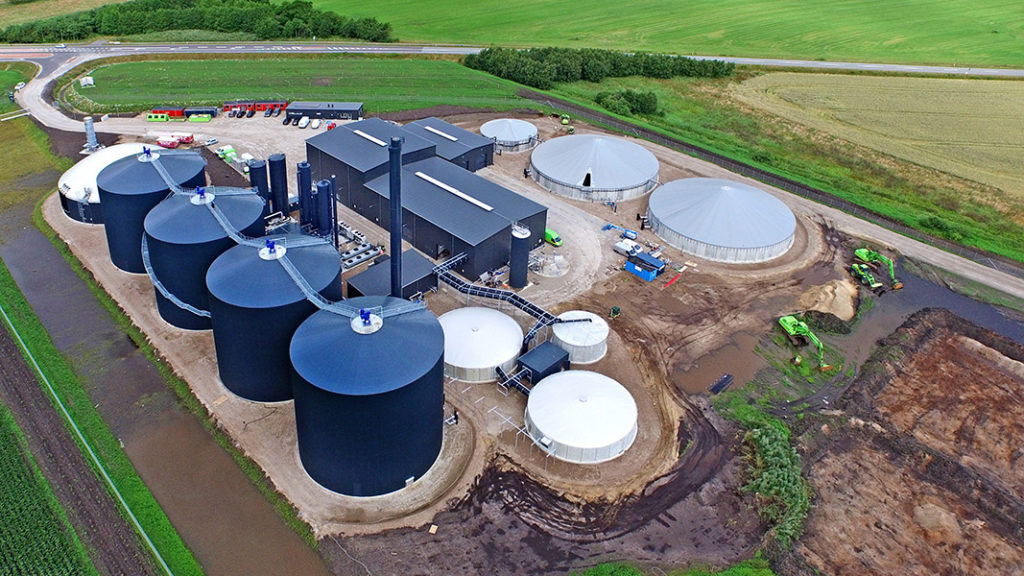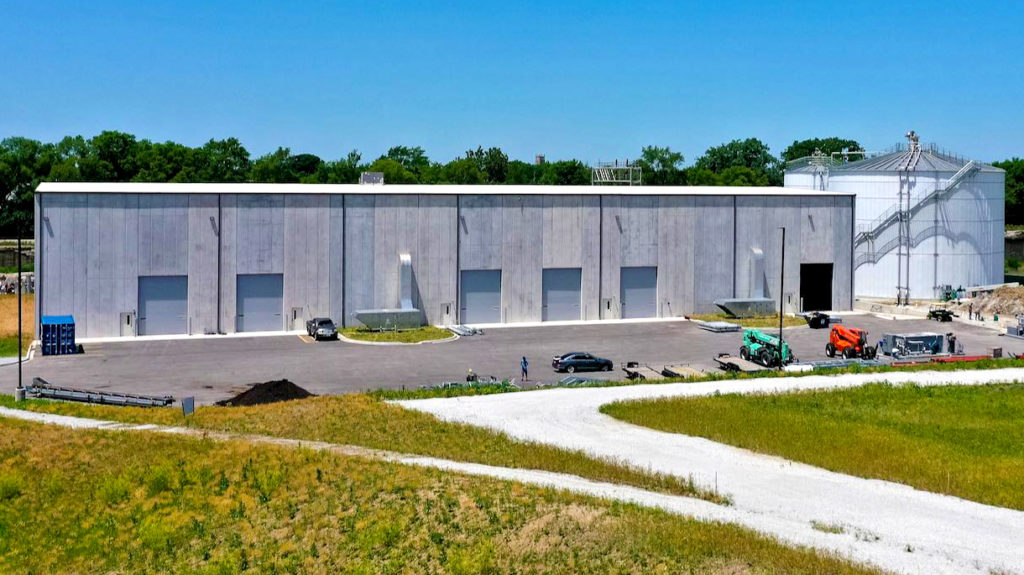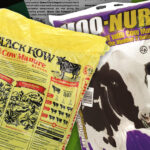Top: Newtown Creek codigestion facility in Brooklyn, New York.
Joanna D. Underwood and Matt Tomich

Joanna Underwood, Founder & Matthew Tomich, President, of Energy Vision
The last two years have revealed a lot of bad news about climate change, including the largest jumps in atmospheric methane on record, and a new appreciation of how much climate damage methane does. But they have also brought hope that we can cut methane emissions and bend the climate curve. In fact, the prospects seem bright as several major trends have converged over the past 24 months.
Methane’s global warming potential is 86 times that of carbon dioxide (CO2) on a 20-year timeline. As its importance to the climate has become more widely recognized, methane has risen on the policy agenda.
In November 2021, the Global Methane Pledge was announced at COP26, with the clear goal of cutting anthropogenic methane emissions by at least 30% within this decade. Over 130 nations have signed on. In his opening speech at COP27 last month, United Nations Secretary General Antonio Guterres reiterated that fulfilling the Methane Pledge is essential if we’re going to get off “the highway to climate hell.”
Our organization, Energy Vision, is an independent nonprofit whose mission is to advance practical, cost-effective and scalable solutions for a carbon-neutral economy through research, education and advisory. We have been tracking anaerobic digestion (AD) of organic waste for many years, including technology, policy, and economic elements associated with the production and use of biomethane (also called renewable natural gas or RNG). And we are bullish about what is in store for the AD industry in 2023.
Inflation Reduction Act Boost
In August, President Biden signed the Inflation Reduction Act (IRA) into law, which contains by far the biggest package of climate incentives in U.S. history — $369 billion aimed at cutting U.S. greenhouse gases 40% below 2005 levels by 2030. It has a strong focus on reducing U.S. methane emissions, a third of which come from decaying organic wastes. Those wastes and the resulting methane can and should be captured in anaerobic digesters.
The IRA also recognizes transportation as the largest source of climate pollution. Buses and trucks, which make up just 10% of all vehicles on U.S. roadways, generate 30% of the transport sector’s greenhouse gas emissions.
These two themes in the IRA overlap. Energy Vision’s research has shown that the most immediately available strategy for cutting transport sector emissions is converting heavy duty vehicles from diesel to waste-based RNG made in anaerobic digesters. The IRA will do a lot to support and accelerate this strategy. Pursuing it will also advance another IRA goal: to create 9 million domestic clean energy and manufacturing jobs and bolster the green economy.
AD Technology Advances
After 15-plus years of development, AD technology has become more refined and standardized. The industry has matured, and is now poised for major expansion. By mid-2022, more than 250 facilities producing RNG were in operation, up from just 60 in 2014. The majority of these projects now employ anaerobic digesters in urban and rural settings, as opposed to capturing landfill gas.
This year Energy Vision gave awards to three AD leaders whose work exemplifies the advancement of the field:
- The New York City Department of Environmental Protection and its partners National Grid and Waste Management collaborated on a digester project at the City’s largest wastewater treatment plant, Newtown Creek. When it goes online in early 2023, up to 380 million gallons/day of wastewater plus up to 500 tons/day of food waste will be processed, producing enough RNG to power more than 5,000 Brooklyn homes or displace 3 million gallons of diesel fuel. It’s a potential model for other water resource recovery facilities. While there are few facilities in the U.S. on Newtown Creek’s scale, there are still thousands of municipal wastewater plants that could be excellent candidates for similar projects.
- The Danish company Nature Energy is the largest biomethane producer in Europe. It refined its AD technology and facilities to primarily process manures from family farms together with organic wastes from local businesses, yielding big economic benefits for farmers. Nature Energy plans to bring its approach to the U.S. and Canada.
- The Green Era Renewable Energy & Urban Agriculture Campus on Chicago’s South Side includes an AD designed to recycle millions of pounds of food waste to produce RNG and nutrient-rich compost and fertilizer, supporting local food production. The first-of-its-kind project transformed a vacant 9-acre brownfield site into a vibrant green educational campus. In partnership with other community groups, including the Black- and women-led Urban Growers Collective, the Green Era Campus will be a clean energy facility, urban farm oasis, and empowerment engine, driving economic development in a historically polluted and underserved community.
Other urban communities could replicate Green Era’s model. If cities use the RNG fuel they produce to replace diesel in their local refuse trucks or other commercial fleets, they’d get a major clean air benefit as well as an income stream.
Institutional Capital Is Flowing
A final factor driving the growth of AD technology is the institutional capital now flowing into this field at record levels. In just the past six months, Black Rock, the largest asset manager in the world bought Vanguard Renewables, a leader in building agricultural waste digesters; Shell is acquiring Nature Energy; and Itochu, a major Japanese trading house invested in Seattle-based Impact Bioenergy, which is developing small scale food waste digesters. Many other digester/RNG platforms are rumored to be raising significant capital.
At this critical juncture in the fight against climate change, the growth of the AD field is a bright spot. It has the potential to transform U.S. methane emissions from decomposing organic “waste,” and waste-derived methane globally, from a major liability into a major resource for fighting climate change and providing an important secure domestic source of energy for many countries. Scientists say we must cut the world’s methane emissions almost in half by 2030. We need proven solutions that are truly ready to go. Fortunately, the anaerobic digestion solution has proven itself. It’s now poised to scale up fast, in 2023 and beyond.
Joanna D. Underwood and Matt Tomich are founder and president, respectively, of Energy Vision.
















